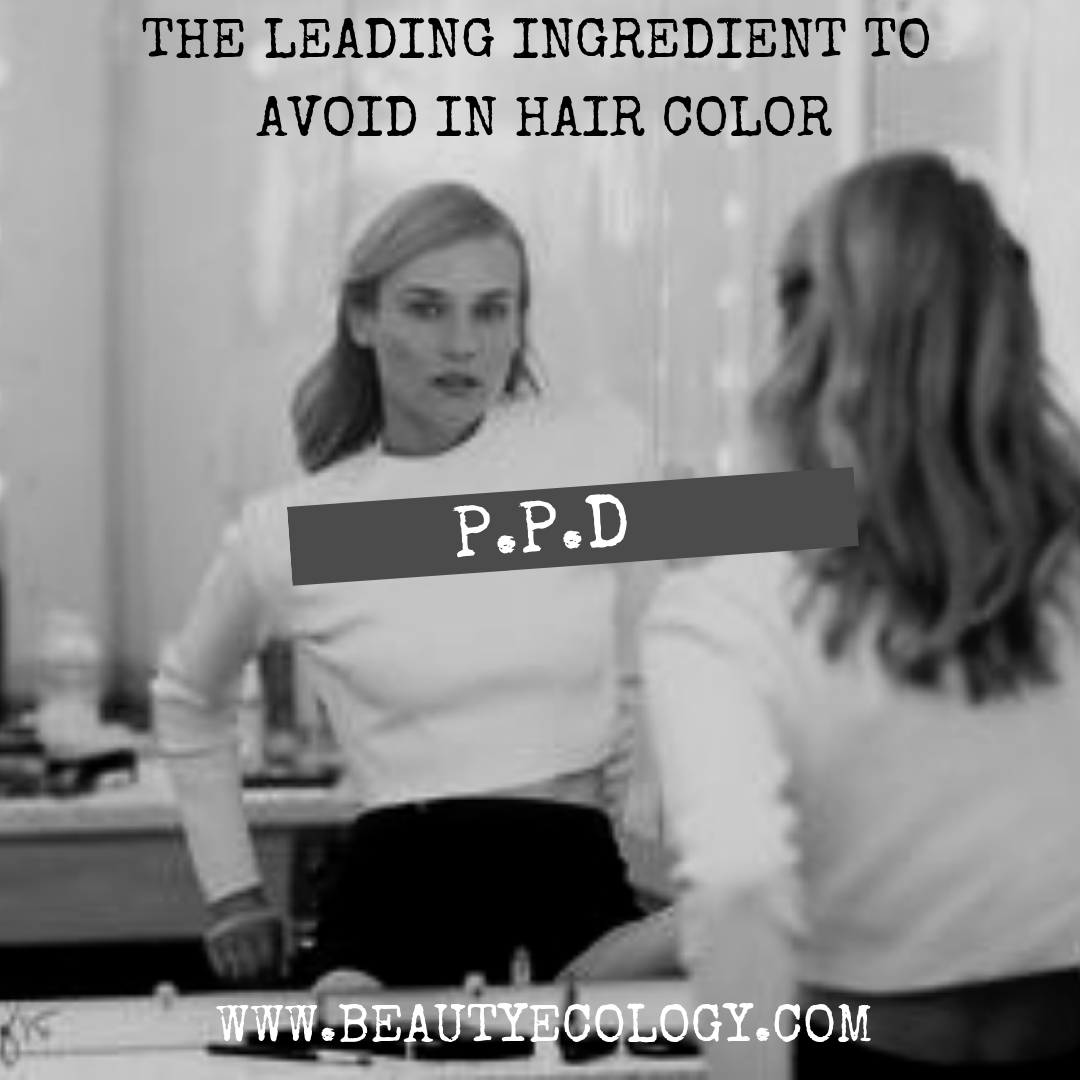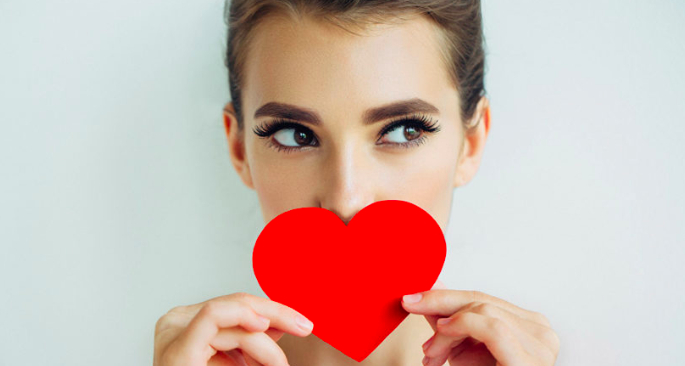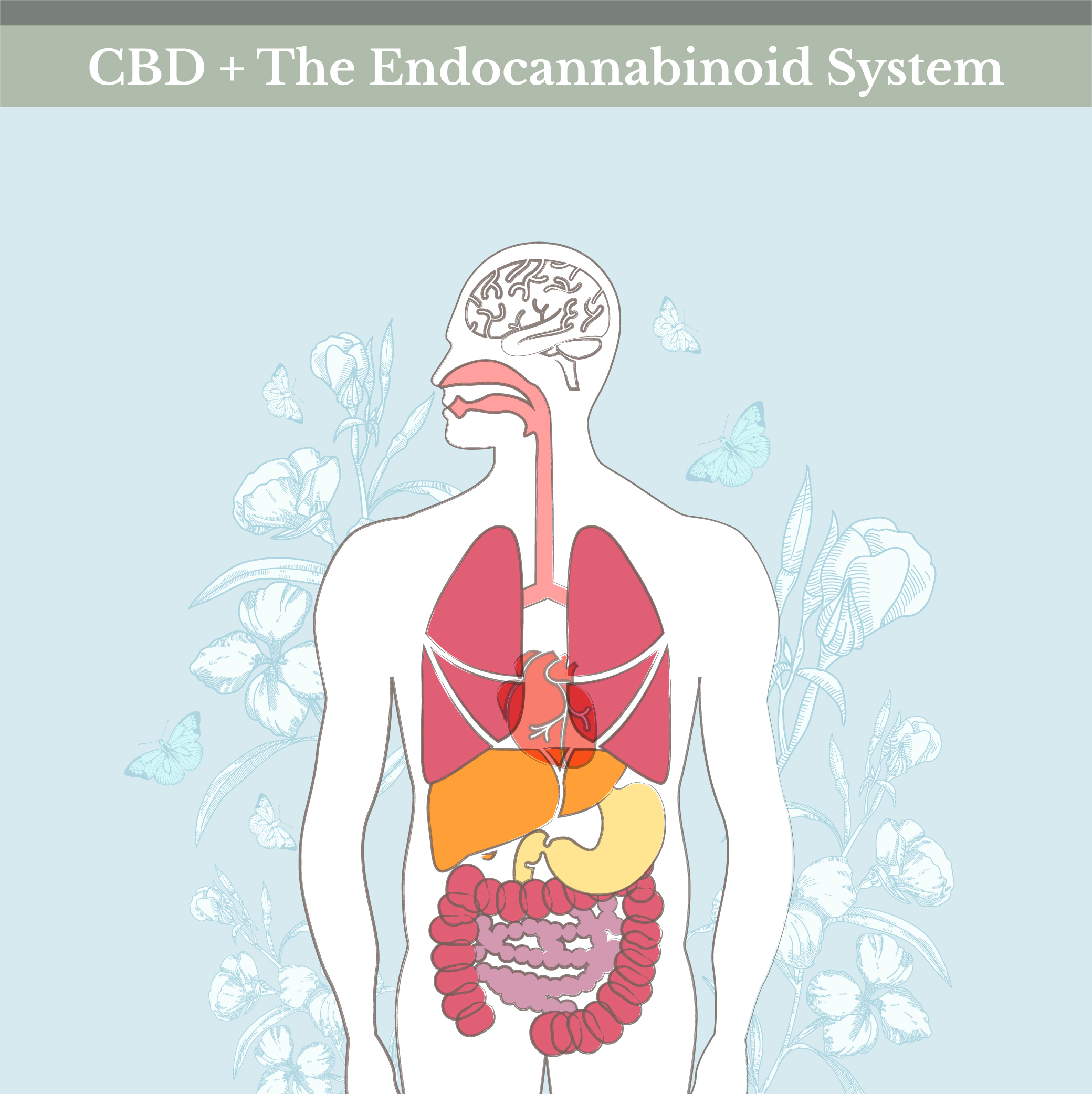Are you currently thinking about taking CBD, but too nervous to because you're on a medication? This subject matter comes up a lot, so I thought I'd break it down quickly to bring clarity to the nuances of CBD and drug interactions.
Cannabidiol (CBD) is one of over 80 phytocannabinoids, or chemical compounds, produced by the cannabis plant. Starting off, Cannabidiol (CBD) itself has no dangerous interactions with other drugs you may be taking.
The breakdown of CBD and Drug interactions is all in the PATHWAY.
How? Lets dig in!
Just How Safe is CBD Oil?
Hemp’s cannabidiol continues to be one of the safest alternative therapies on the market. In a review published in 2017, entitled “An Update on Safety and Side Effects of Cannabidiol,” a Clinical Data author asserted: "In general CBD is the most commonly reported side effects that are relatively rare and mild.
Comparably to the laundry list of drug symptoms - CBD has a short list of that few experience such as feeling tired or changes in appetite. Everyone has various levels of sensitivities, let alone the importance of making sure you’re buying high quality CBD!
How Does Your Body Metabolize CBD?
It’s important to understand how the human body processes CBD. Essentially, our body breaks CBD down through metabolization, just like other oral drugs by entering the digestive tract. Here, they absorbs through the stomach lining into the hepatic portal system. This system is a vital system of veins connecting the stomach to the liver, and also acts as one of the body’s filter systems.
Once CBD enters the liver, it soaks up the P450 enzyme processing capability, inhibiting its ability to break down any other hepatically metabolized drugs. The cytochrome P450-complex enzyme becomes entirely preoccupied with processing CBD, with little to no room to break down other compounds also awaiting metabolization.
While the P450 enzyme interact with CBD, the body virtually stops processing any other pharmaceuticals with the same metabolic pathway. Interestingly, it's not the only P450 inhibitor to worry about.
Grapefruit Too?
Yup, something as natural and nourishing as a grapefruit comes with a similar warning about possible drug interaction. Physicians have long advised their patients to steer clear of grapefruit when taking certain medications.
If you do wish to pursue CBD as a co-therapy to other drugs, consider seeking medical advice and adjust dosages of any medications only on the recommendation of a doctor.
On the FLIP side, there is also a positive benefit to CBD hemp oil interaction with the P450 enzyme. Once we can make it proven through more robust studies, patients may be able to reduce their dose of other medications if CBD substantially increases the expected potency.
What Drugs Could CBD Interact With?
All drugs mainly metabolized by the liver pose a risk for adverse CBD drug interaction. Considering that 60 percent of clinically prescribed medication is metabolized in the liver via the P450 enzyme, it's not feasible to list them all here. Some of the most common types of medications which may trigger CBD hemp oil interactions include:
HIV Antivirals
Steroids
Benzodiazepines
Antihistamines
Calcium Channel Blockers
Fentanyl
Macrolide Antibiotics
Cannabidiol (CBD) itself has no dangerous interactions, but it may interact with other drugs you may be taking according to medical journals. Here's a list of possible drug interactions.
Why Does CYP450 Matter?
In order to determine the appropriate dosages of medications, doctors make calculations using the average amount of time it takes for various drugs and medications to be processed through the cytochrome P450 system.
If only one drug is being processed, and the system is generally healthy, these averages provide accurate dosage information.
However, certain substances have the ability to affect processing times within this system, making drugs metabolize faster or slower than they would on their own.
Similarly, if the cytochrome P450 system is unhealthy due to problems with the liver or other pre-existing conditions, drugs may not metabolize as they should.
Caffeine and CBD
Caffeine is the world’s most famous and commonly consumed psychoactive drug. Who doesn’t ingest even a little from time to time?
CBD oil is rapidly gaining ground on coffee in terms of popularity and so it only makes sense that people would start combining the two.
As it turns out, the two substances go very well together!
Caffeine is molecularly very similar to adenosine, a compound produced in our bodies that activates the A2a receptor. Caffeine binds to the A2a receptors, inhibiting the reuptake of adenosine.
When adenosine binds to the A2a receptor, the result is what is commonly known as the ‘rest and digest’ effect. Consequently, blocking adenosine from binding results in vasodilation, which increases clarity and alertness.
CBD oil is also a partial agonist of the A2a receptor; so the theory goes that by combining caffeine and CBD, adenosine is blocked across the board, resulting in not only more stimulation, but reduced anxiety (due to CBD’s effects on other neurotransmitters systems).
It is worth noting that these effects depend on the serving size of the CBD. High amounts of CBD are more likely to cause drowsiness and sedation.
Additionally, caffeine is metabolized by a CYP450 enzyme, specifically CYP1A2. As CBD inhibits the CYP450 enzyme system, a slowed excretion rate of caffeine will occur. This can mean the effects of the caffeine will be more prolonged and drawn out. The can be both good and bad!
On the bright side, CBD oil and caffeine together will cause the boost from your morning cup of coffee to last all day instead of just a few hours. On the downside, it’s easy to overdo it and end up wide-eyed in bed when you are trying to go to sleep.
Considering this information, again, it is best to be mindful and cautious when mixing caffeine and CBD.
Can CBD Oil Be Addictive?
One of the most common questions we get is: Can I get addicted to CBD oil? The answer depends on what you mean by “addicted.”
When looking at the chemical impacts of CBD oil, the answer is no. Cannabidiol is not physically addictive in the same way opiates, cocaine, alcohol, and other drugs can be. Also, CBD oil does not produce any physical withdrawal symptoms when you stop using it. In fact, CBD oil is currently being researched as a potential tool for minimizing the severe withdrawal from drugs like opiates.
But, having said that, human beings can get addicted to just about anything including exercise, music, sex, and food.
Because CBD oil can alter essential liver enzymes, it is crucial to do your research, talk to your physician, and figure out how to best consume CBD oil for your specific situation.
Information and education will be your most powerful weapons going forward.
How To Use CBD Oil
When taking cannabidiol, it is important to consume only the recommended serving size.
Raising or lowering this amount may produce the opposite of the desired effect.
Keep in mind that some people may metabolize cannabidiol differently because of anomalies within the cytochrome P45O (CYP450) enzyme system. And depending on when you take your medications, you may find an unintended increase or decrease in CBD concentrations in your blood.
If you suspect that you are not metabolizing CBD oil as expected, ask your doctor to test your cytochrome P450 enzyme system before adjusting your dosage.
Resource:https://cbdoilreview.org/cbd-cannabidiol/cbd-p-450-enzyme/
Let’s review again. Simply put…
When taking a dose of CBD, your body’s P450 enzymes will be temporarily inactive. When enzymes are inactive, it becomes much harder for your body to process almost every drug out there.
This means:
Taking lots of CBD may increase the effects of any prescriptions drugs on your body. As they cannot be processed, the drugs will just stay in your body instead of being digested as they should.
The Good & Bad
The good side is that there may be a possibility reduce the amount of powerful prescription medications you take (speak to your physician before beginning or stopping medication). Regardless of what you take, it’s always best to put less artificial drugs into your body.
The bad side is just that you need to be careful. If you are taking CBD make sure to talk to a medical professional, and reduce the amount of prescription drugs you are taking.
So if you’re uber nervous, before adjusting any current prescriptions, or deciding to use CBD in conjunction with other drugs, always speak to a qualified medical professional.
From experience, many of my clients have been able to significantly lower the dosages of drugs they are using for a variety of ailments and symptoms. This is the entire reason why CBD can benefit many - with the hope of reducing our use of drugs for everything from anxiety, insomnia, pain and headaches.
Making sure you’re purchasing very high quality CBD is a WHOLE OTHER SUBJECT.
Till next time! Email me with any questions or concerns! Hello@beautyecology.com






































